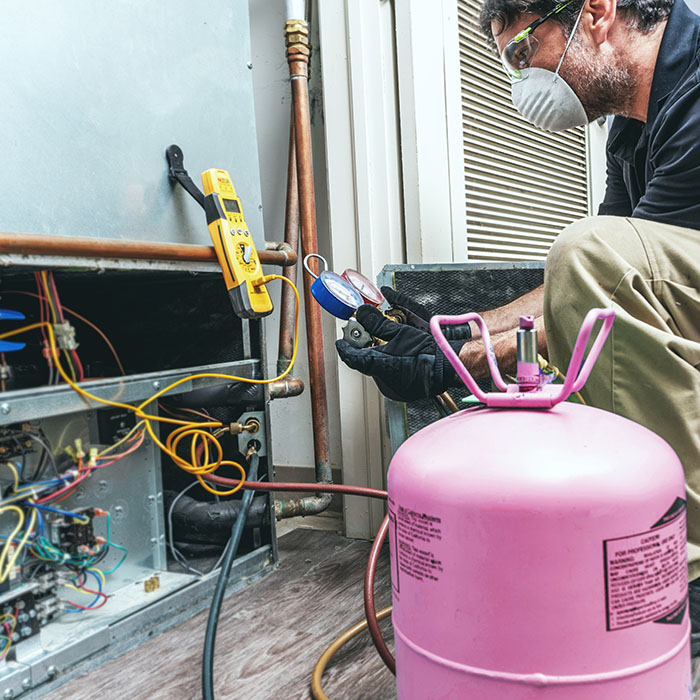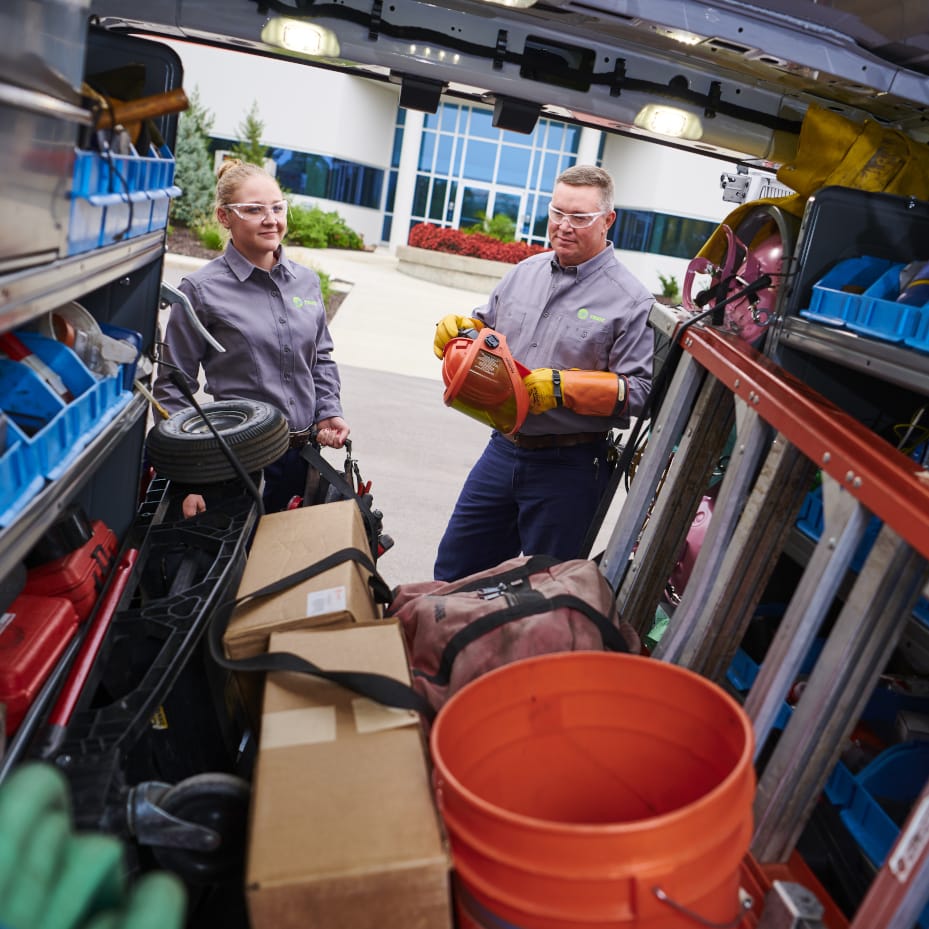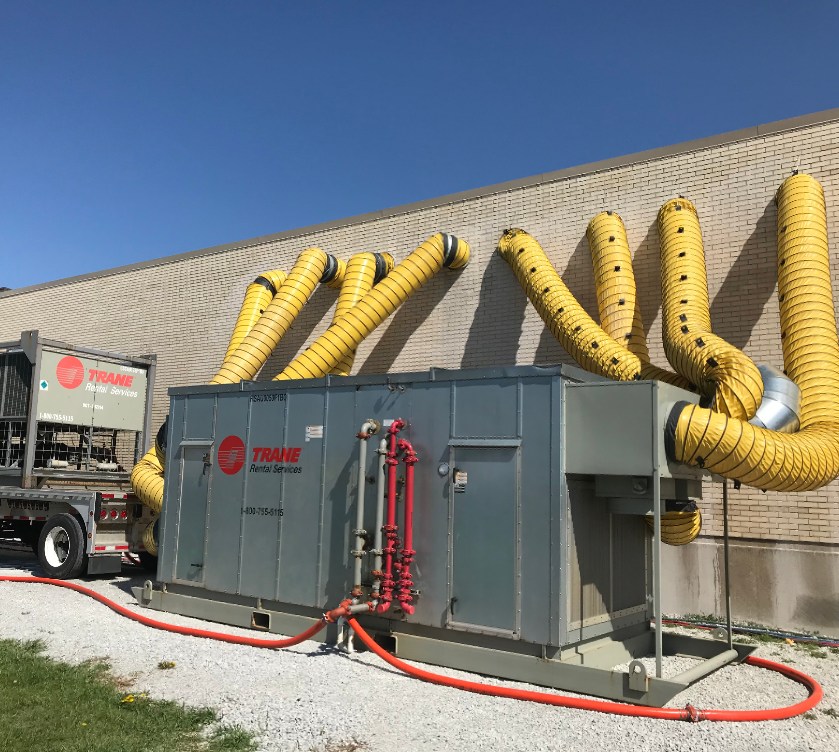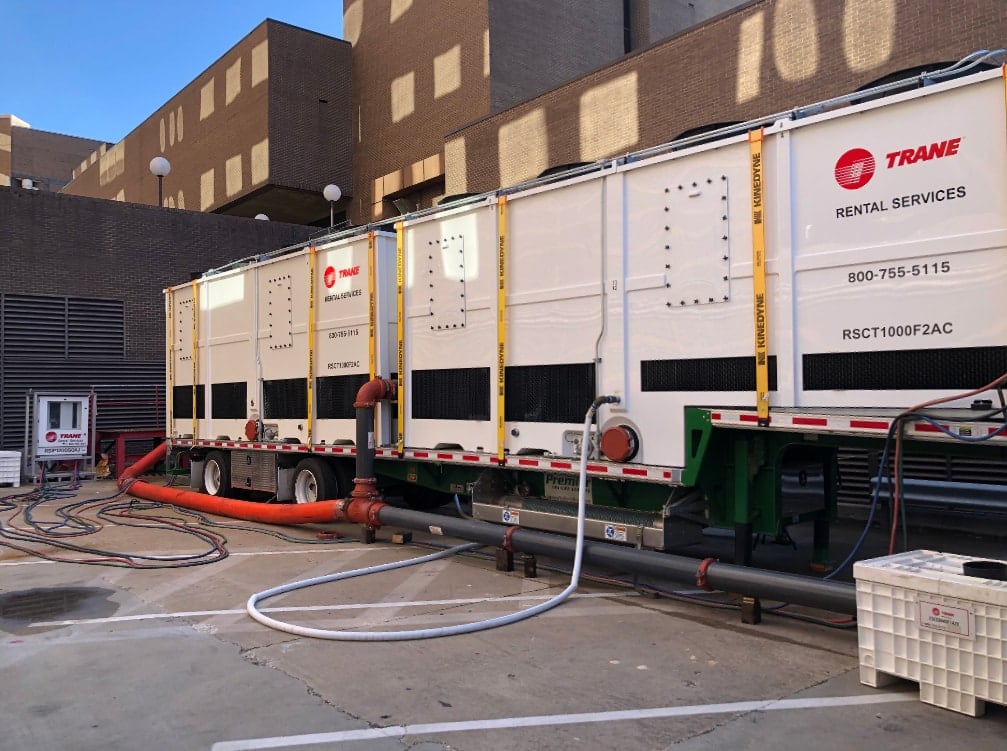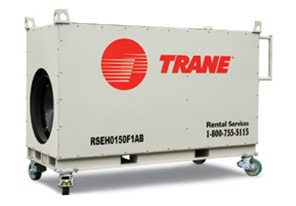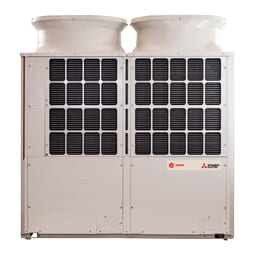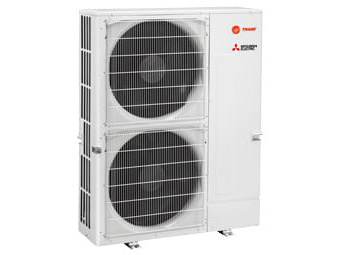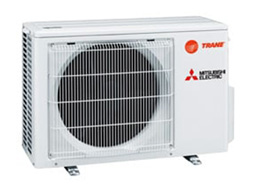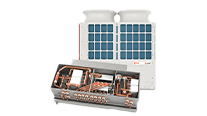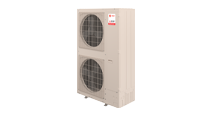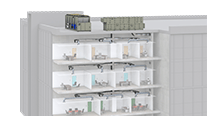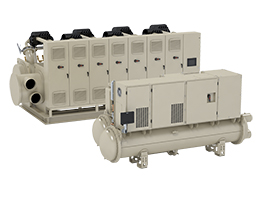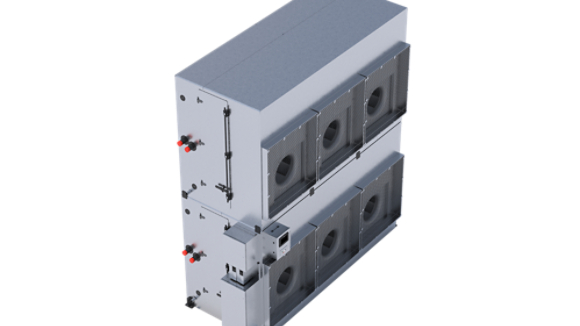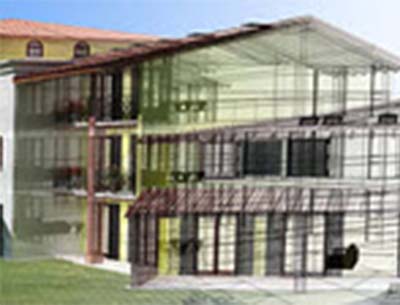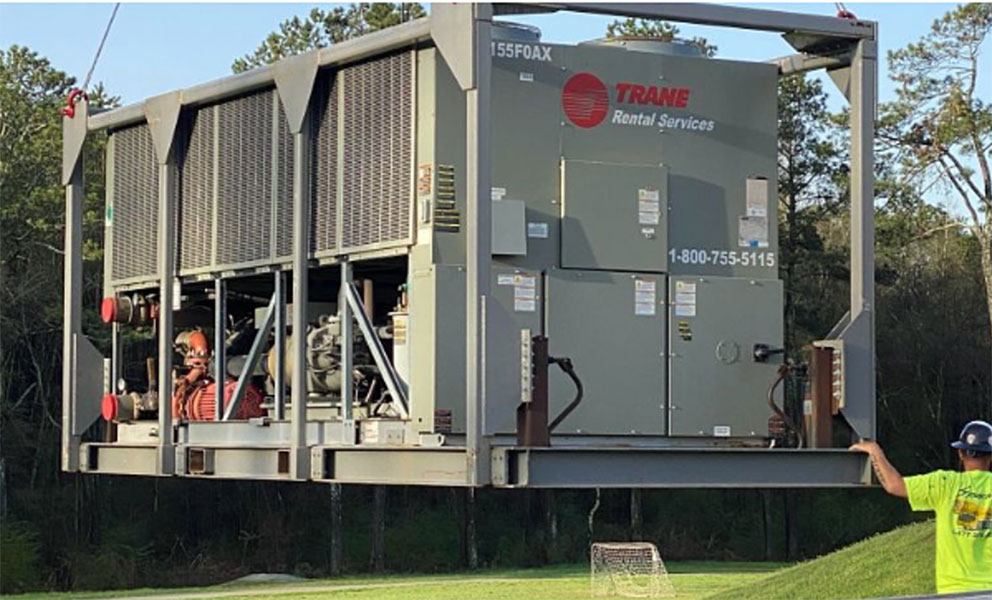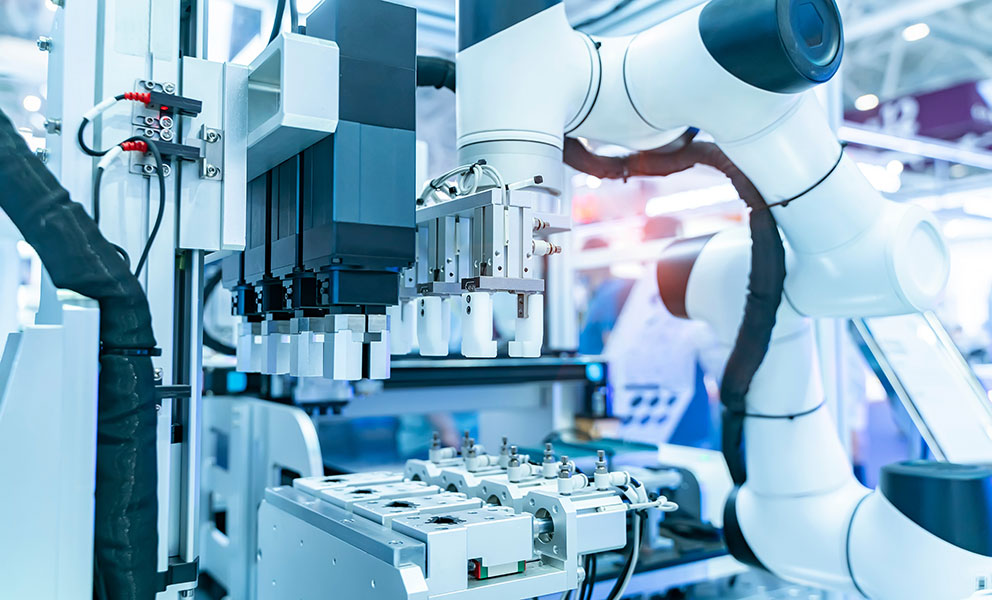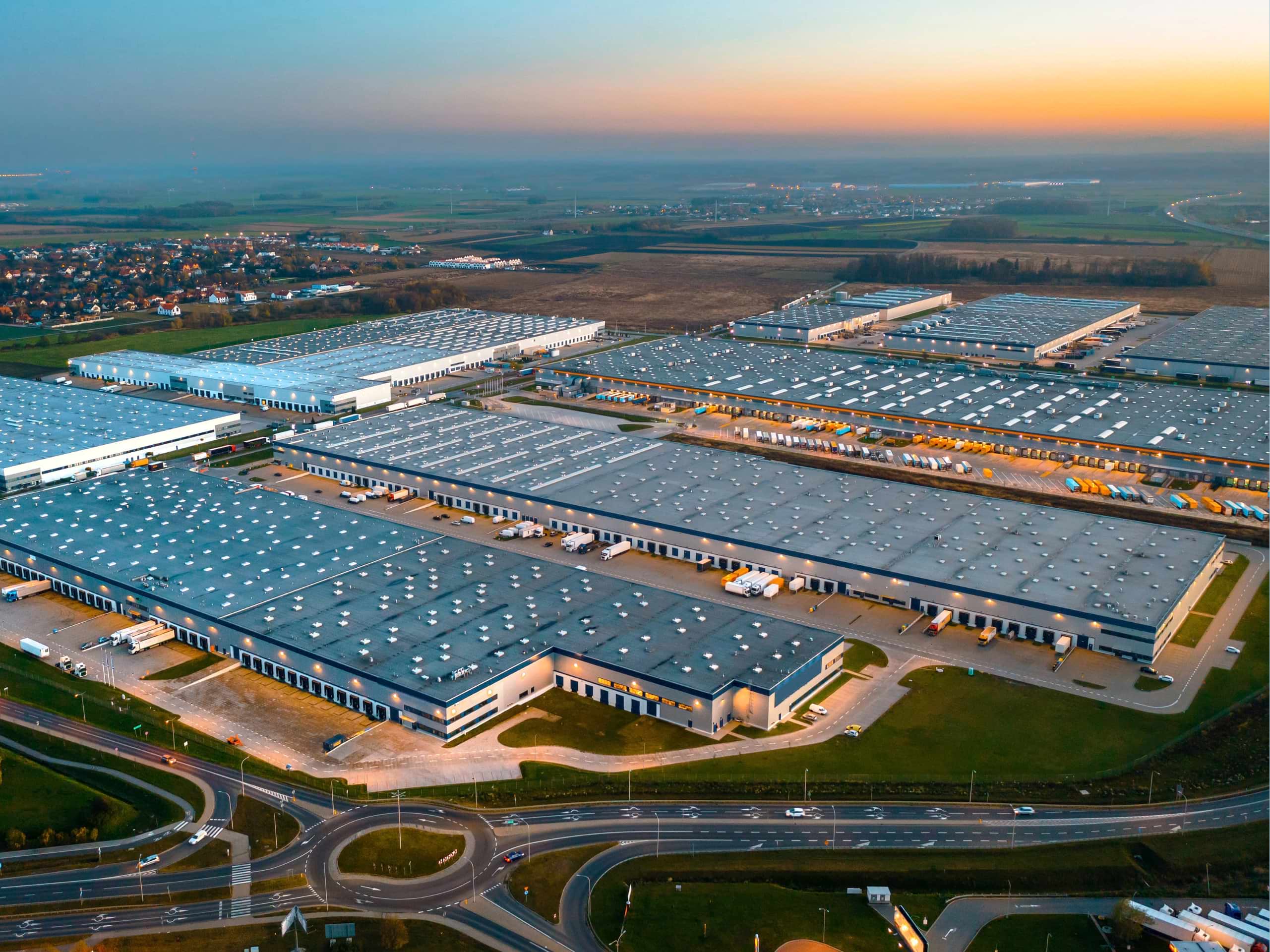Ask a Trane Expert: Energy Efficiency, Renewable Energy and the Future of Education
Energy Services for K-12 Schools
A custom energy services approach can help your school perform in the present and plan for the future.
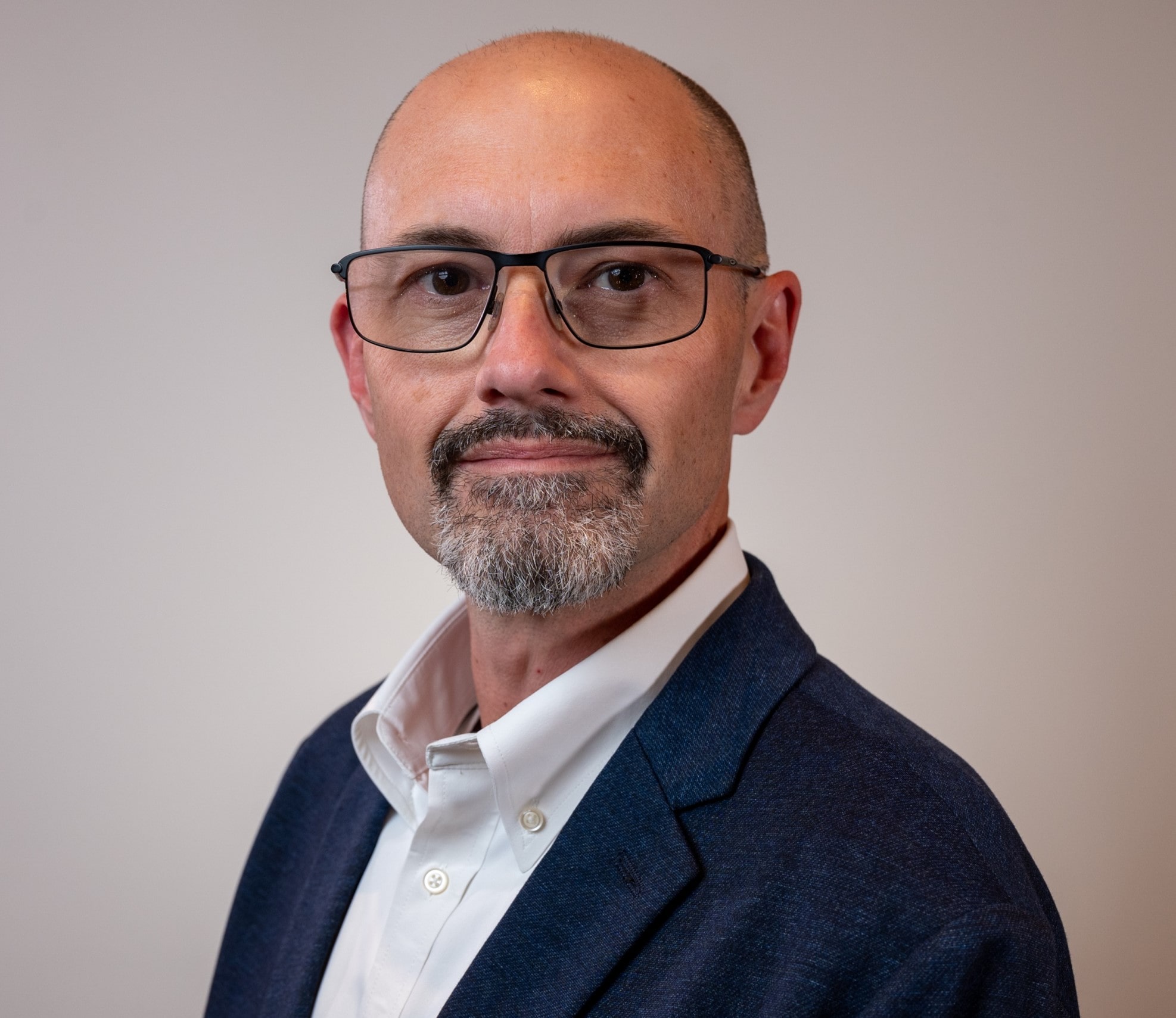
About the Author
Ty Vierling, Energy Services Business Leader
Ty leads the Energy Services East team in acquiring and implementing complex facility projects in the Eastern U.S., including Florida, Southeast, Southern Atlantic, Great Lakes, Mid Atlantic, and Greater Northeast Regions. In this role, he supports the East team in creating long-term partnerships that help customers meet their key organizational objectives. Ty is known for his passion for innovative solutions that improve customers’ businesses.
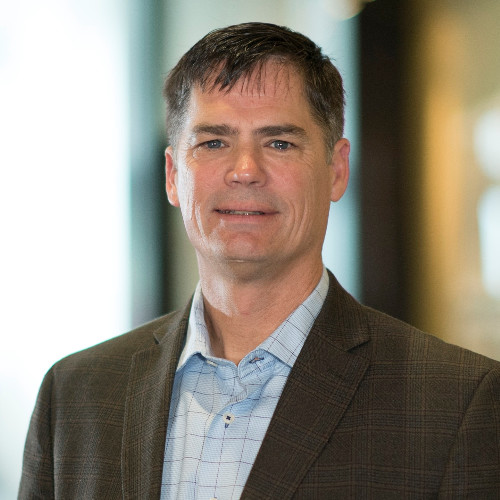
About the Author
Eric Bauer, Energy Services Business Leader
Eric leads the Energy Services West team in acquiring and implementing complex facility projects in the Western United States & Canada, including Pacific Northwest/Rocky Mountain, Pacific Southwest, Texas/North Louisiana, Upper Midwest, Midwest, and Canada Regions.
In this role, he supports the West team in creating long-term partnerships that help customers meet their key organizational objectives. Eric is known for his passion for innovative solutions that improve customers’ businesses outcomes and has been in the industry for over 27 years.
Eric resides with his family outside of Portland Oregon and continues to leverage his experience in the Energy Service space across all vertical markets.




